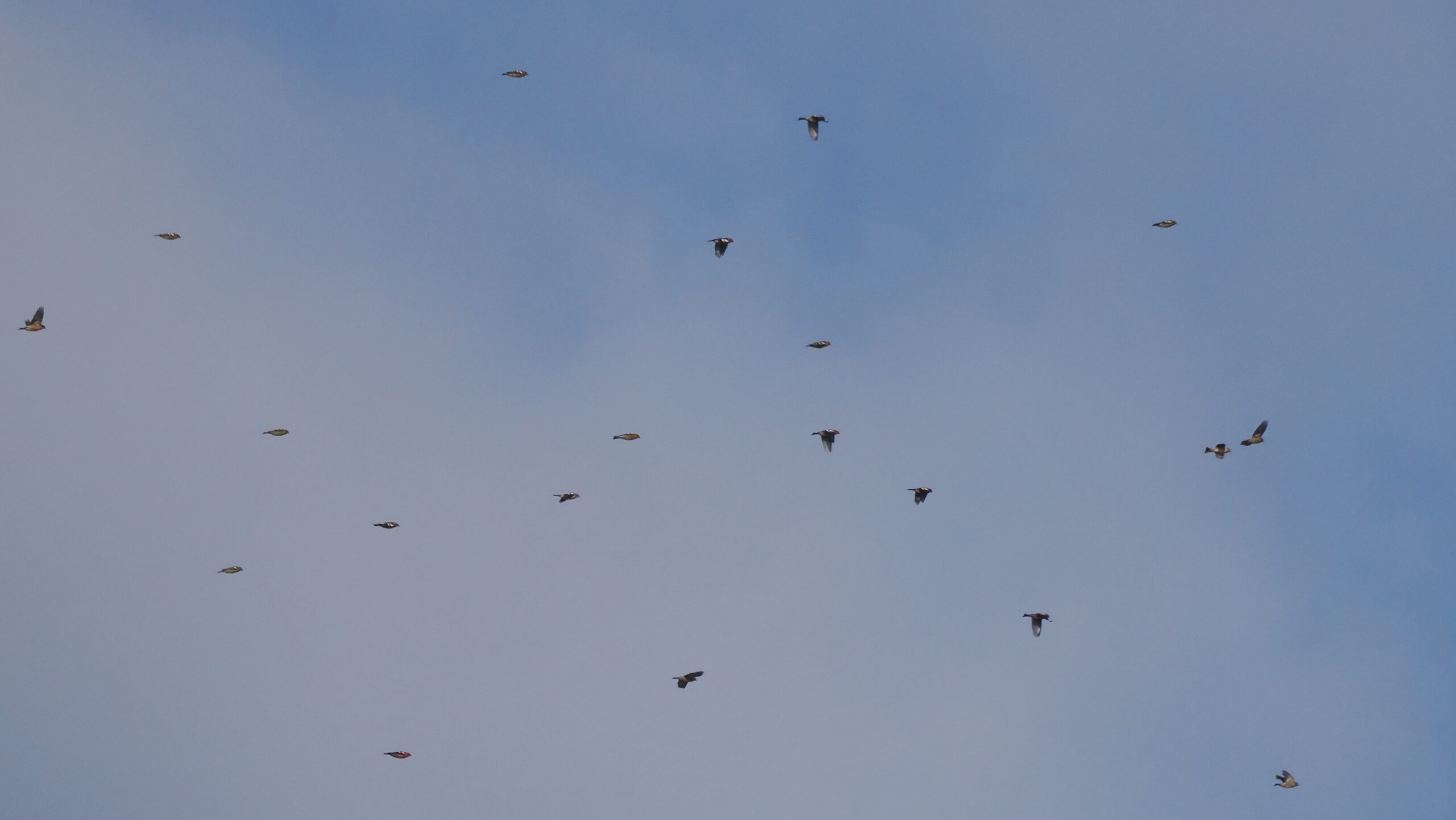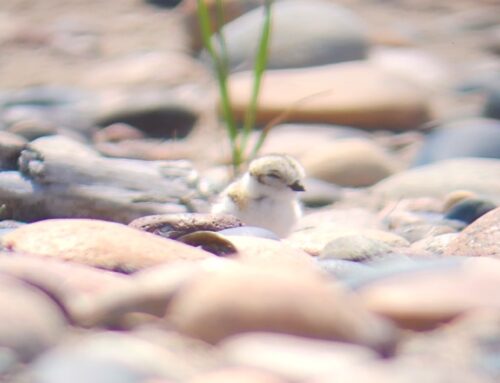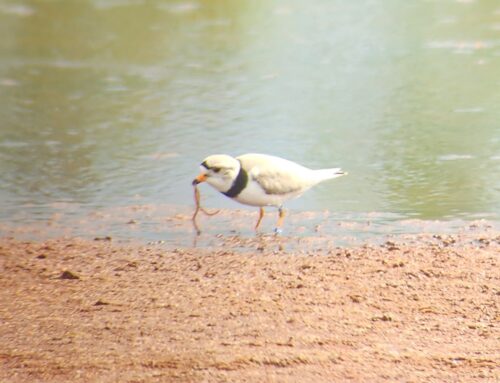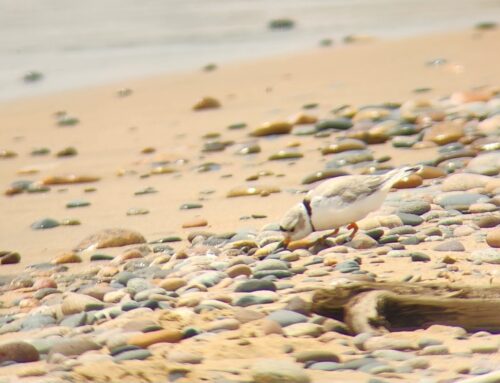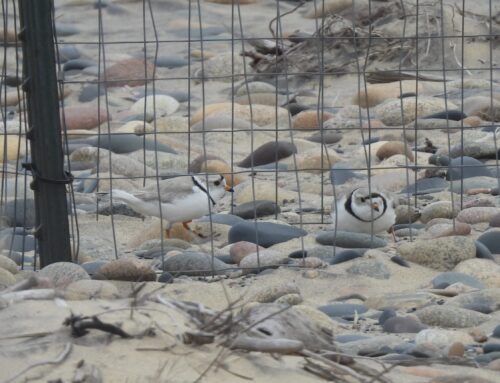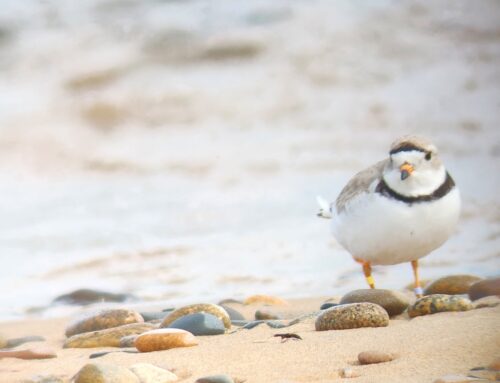With less than two weeks left in the season here at Whitefish Point, the fall has started to take on a different feel. While we still have some leaves on a few plants in the understory, the vibrant foliage on our deciduous trees has mostly fallen, so things are feeling a little more barren. It still hasn’t been too cold up here, but we did have our first frost of the season on a cool, crisp morning over the weekend. The hills on the opposite shore of Whitefish Bay in Canada even had some snow on them. We’ve also had the most rain thus far in the season, but there was only one day that it rained enough to keep us from birding comfortably.
In terms of birds, the variety and numbers at the Point changed quite a bit throughout the week. For the first couple of days after my last blog post, we continued to have large flocks of American Tree Sparrows and Dark-eyed Juncos all around the area, and even up to four Northern Cardinals being seen near the parking lot. Additionally, the Spotted Towhee and a late-staying Gray Catbird were still spending a lot of time near the feeders. However, on the calm Friday night when things frosted over, it must have motivated a lot of birds to leave overnight. Just about all those birds mentioned above were notably absent on the Saturday morning after the frost and the days that followed.
While those birds may have departed, and we might be past our peak time for many of them, we were still treated to some nice highlights this weekend. The winter finch activity at the Point picked up again this weekend, and crossbill flocks were very abundant in the sky above the Point. We had a fair number of Red Crossbills in the area, but the majority were White-winged Crossbills. We were routinely seeing flocks of 30-plus White-winged Crossbills flying over in the mornings, and a few of them even stopped in the jack pines and birch trees for a moment. Additionally, there was a handful of Evening Grosbeaks that made a brief appearance at the bird feeders on Sunday, and I was able to spot my lifer Pine Grosbeak flying with some Pine Siskins just off the boardwalk on Saturday.
All in all, we’re still seeing some good numbers of birds and even some new species for this fall as we move into November. It will be exciting to see how we finish out the season!
~ Clay Bliznick
2024 Fall Field Ornithologist
Featured photo: White-winged Crossbills in flight. Photo by Clay Bliznick
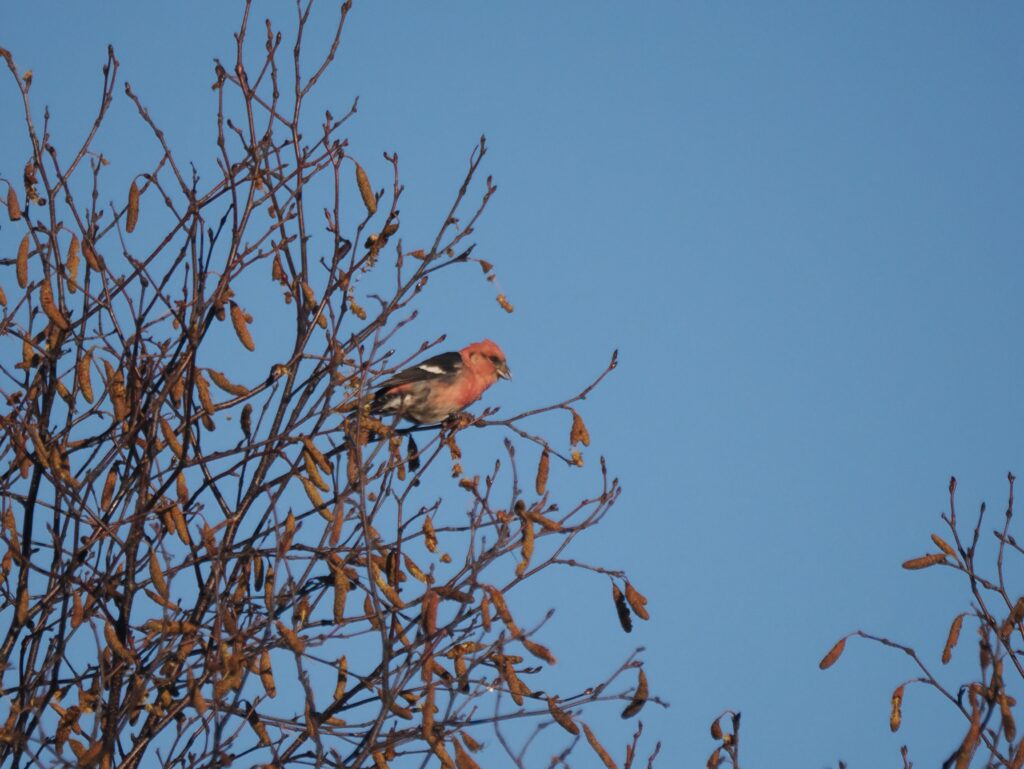
Male White-winged Crossbill settling into a birch tree to forage on catkins. Photo by Clay Bliznick
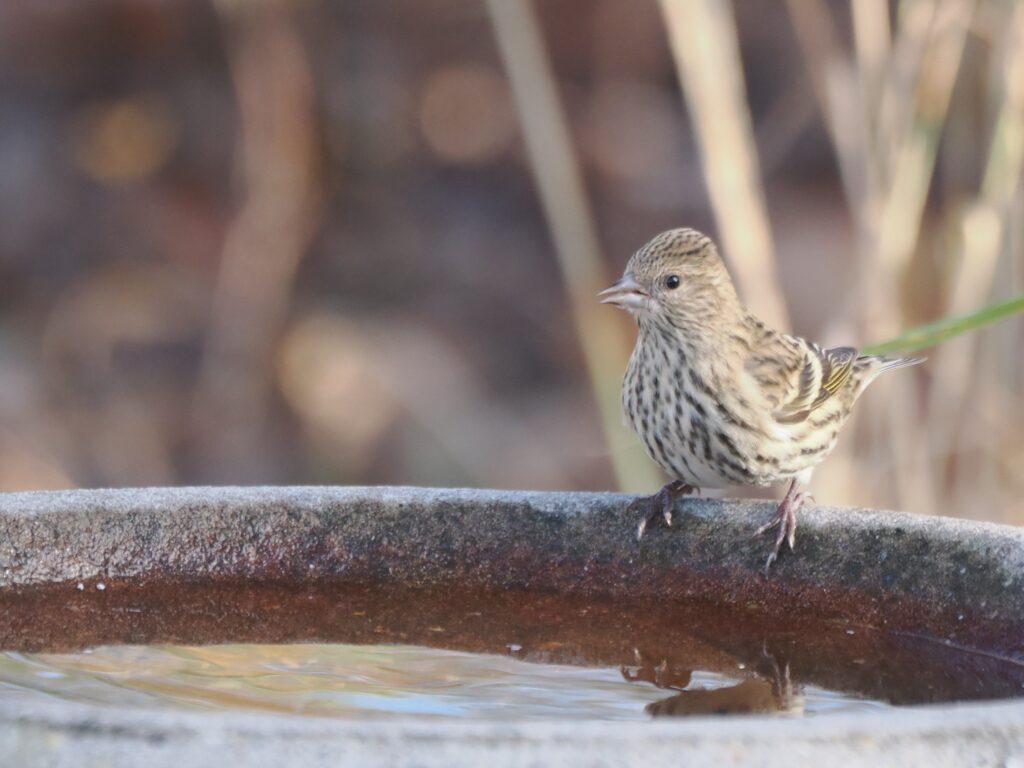
Pine Siskin coming in for a drink. Photo by Clay Bliznick

American Tree Sparrow perched behind the feeders. Photo by Clay Bliznick
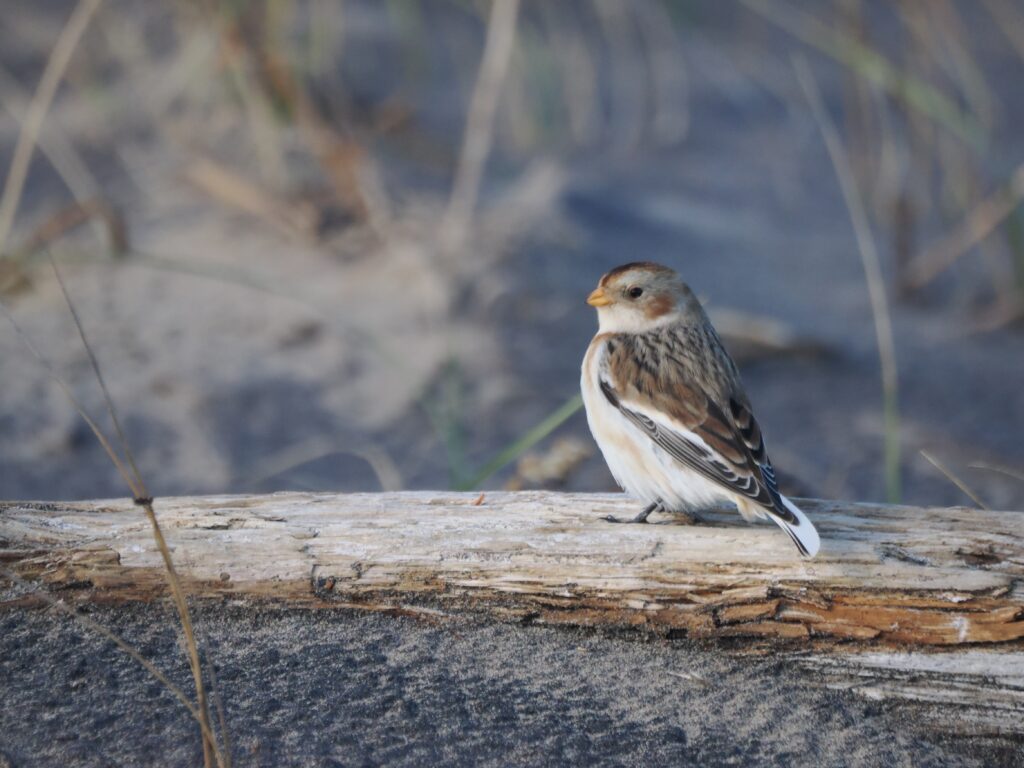
Snow Bunting perched on driftwood out on the beach. Photo by Clay Bliznick
You can keep up with the 2024 Fall Field Ornithologist by reading Clay’s weekly blog posts and following WPBO’s social media (Facebook, Instagram, and X).
Would you like to go birding with Clay? Join him for one of his WPBO Migratory Bird Walks this season. Learn more at wpbo.org/events.
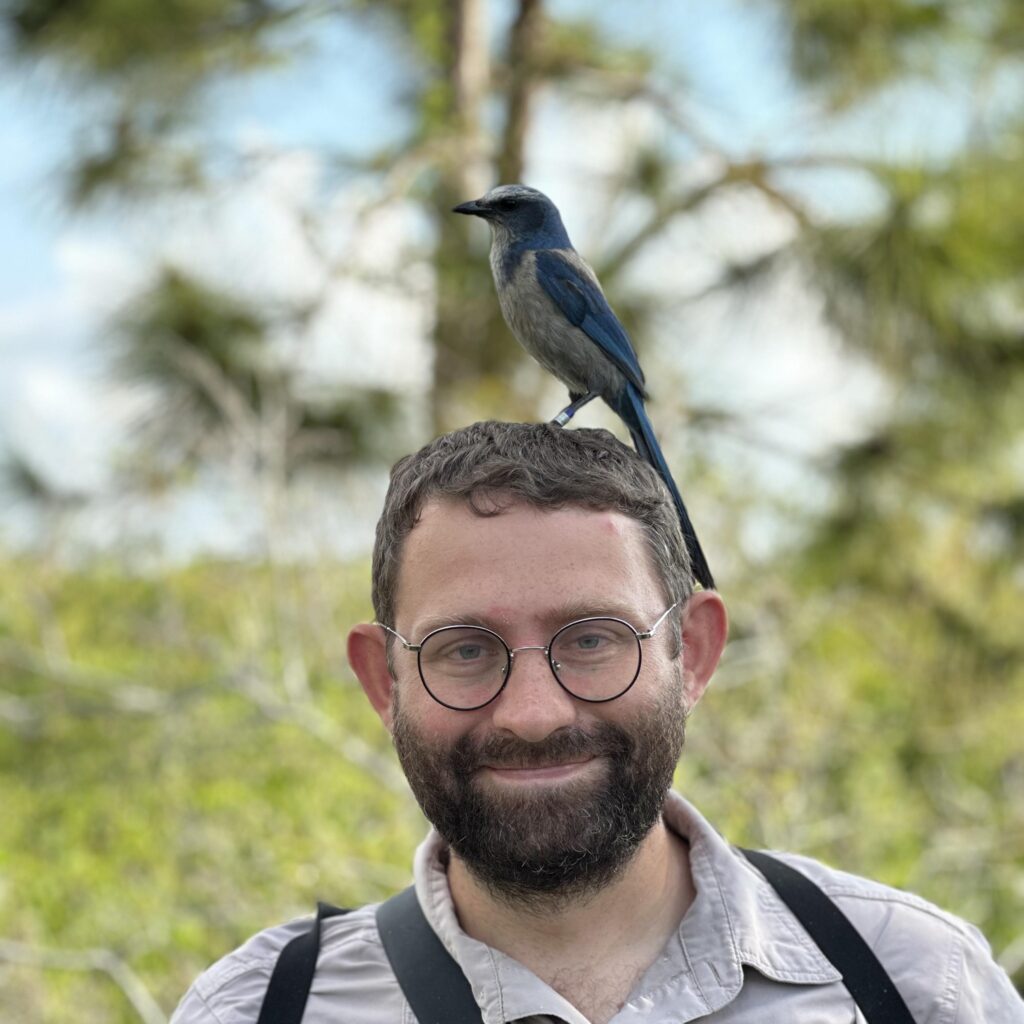
Clay Bliznick, MS: 2024 Fall Field Ornithologist
Clay first took an interest in birds during a high school trip to Alaska, where he was struck by the flamboyance of magpies, the sleek, penguin-like appearance of alcids, and the sheer number of waterbirds residing along the coast. He dived headfirst into the birding world while an undergraduate at the University of Kentucky, spending every free second exploring his home state for exciting new birds and places. Afterward, he attended graduate school at Murray State University and wrote a master’s thesis examining the response of bird communities to environmental factors in Western Kentucky bottomland hardwood forest restorations. Most recently, Clay has been living in South Florida, where he’s worked closely with many charismatic birds, such as the Crested Caracara, Swallow-tailed Kite, and Florida Grasshopper Sparrow. Clay is excited to join the Michigan Audubon team at WPBO as a fall field ornithologist and is eager to observe the spectacle of bird migration in the Upper Peninsula firsthand.

